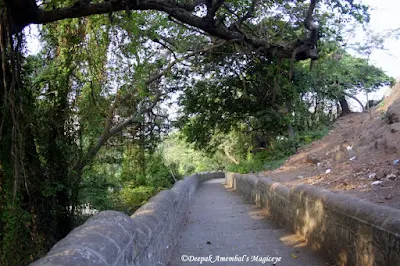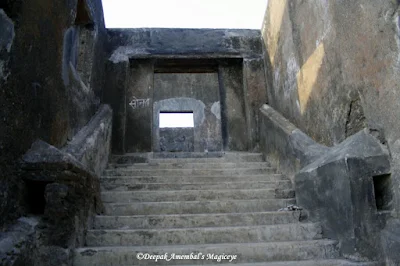He was born in India, the son of Charles Grant, chairman of the Directors of the Honourable East India Company, and younger brother of Charles Grant, later Lord Glenelg. Returning home with their father in 1790, the two brothers were entered as students of Magdalene College, Cambridge, in 1795. In 1801 Charles was fourth wrangler and senior Chancellor’s medallist; Robert was third wrangler and second Chancellor’s medallist.[1] It was a singular distinction for two brothers to be so closely associated in the honours’ list of the same year. (The senior wrangler was Henry Martyn, afterwards the famous missionary.)
Norwich, and In 1832 he became Judge Advocate General, and in 1834 was appointed Governor of Bombay and GCH. He died in India in 1838.Norwich, and in 1832 for Finsbury. Robert Grant was a strenuous advocate for the removal of the disabilitiesof the Jews, and twice carried bills on the subject through the House of Commons. They were, however, rejected in the Upper House, which did not yield on the question until 1858, twenty years after Grant’s death. In 1832 he became Judge Advocate General, and in 1834 was appointed Governor of Bombay and GCH. He died in India in 1838
Robert was called to the bar the same day as his brother, 30 January 1807, and entered on practice, becoming King’s Sergeant in the Court of the Duchy of Lancaster, and one of the Commissioners in Bankruptcy. He was elected Member of Parliament for the Elgin Burghs in 1818, and for the Inverness Burghs in 1826. The latter constituency he represented for four years. In 1830 and 1831, he was returned for
In his younger days Sir Robert published an essay on the trade and government of India, and a sketch of the early history of the British East India Company. He was the author of a volume of sacred poems, which was edited and published after his death by his brother, Lord Glenelg. This volume includes some beautiful hymns, which have found their way into modern collections. His most well known hymn, still in common usage in most hymnals today, is "O Worship the King", based on Psalm 104.
Sir Robert married Margaret, only daughter of Sir David Davidson of Cantray, with issue two sons and two daughters, namely, Sir Charles Grant, K.C.S.I, formerly a Member of Council in India; Colonel Robert Grant, R.E., Deputy Adjutant General; Sibylla Sophia, married to Granville Ryder, Esq., and Constance Charemile, who died in childhood.
The Oldest Medical College in Mumbai, India; Grant Medical Collegeis named after Sir Robert Grant.
Grant_medical_college_1860
Grant Road and Grant Road Station in Mumbai (Bombay) are named after Governor Grant.

An Indian railway station," from the Illustrated London News, 1854;Grant Road Railway Station (Greater Mumbai (Mumbai City District))
- One of the first steam locomotive
View of Bombay Harbour. January 1870
Music: Attr. to Johann Michael Haydn, 1737-1806; (UMH arr. by William Gardiner)
Tune: LYONS, Meter: 10 10.11 11
Grant Road Station on the Western Railway is meant for local EMU stops only
Ten years after his death, Margaret married Josceline William Percy, eldest brother of Algernon Percy, Sixth Duke of Northumberland, with issue one son, George Algernon, born in 1849, who later became Capt. and Lt. Col. of the Grenadier Guards
O Worship the KiNG
GText: Robert Grant, 1779-1838 - GOVERNOR OF BOMBAY-1834
Tune: LYONS, Meter: 10 10.11 11
1. O worship the King, all glorious above, O gratefully sing God's power and God's love; our Shield and Defender, the Ancient of Days, pavilioned in splendor, and girded with praise.2. O tell of God's might, O sing of God's grace, whose robe is the light, whose canopy space, whose chariots of wrath the deep thunderclouds form, and dark is God's path on the wings of the storm.3. The earth with its store of wonders untold, Almighty, thy power hath founded of old; hath stablished it fast by a changeless decree, and round it hath cast, like a mantle, the sea.4. Thy bountiful care, what tongue can recite? It breathes in the air, it shines in the light; it streams from the hills, it descends to the plain, and sweetly distills in the dew and the rain.5. Frail children of dust, and feeble as frail, in thee do we trust, nor find thee to fail; thy mercies how tender, how firm to the end, our Maker, Defender, Redeemer, and Friend.
Grant Medical College in the Illustrated London News October 8, 1859- Print from a photograph by H.Hinton.
==========================================================================================================
Church History Timeline
=====================================================================================
Durham Road Baptist Church
The only church building from the three that used to grace 'Amen Corner'. Built in 1877, it faces onto Gladstone Terrace. Photographed 11th January 2000
"O worship the King, all glorious above",={the you tube song was sung and recoded in the above church}




